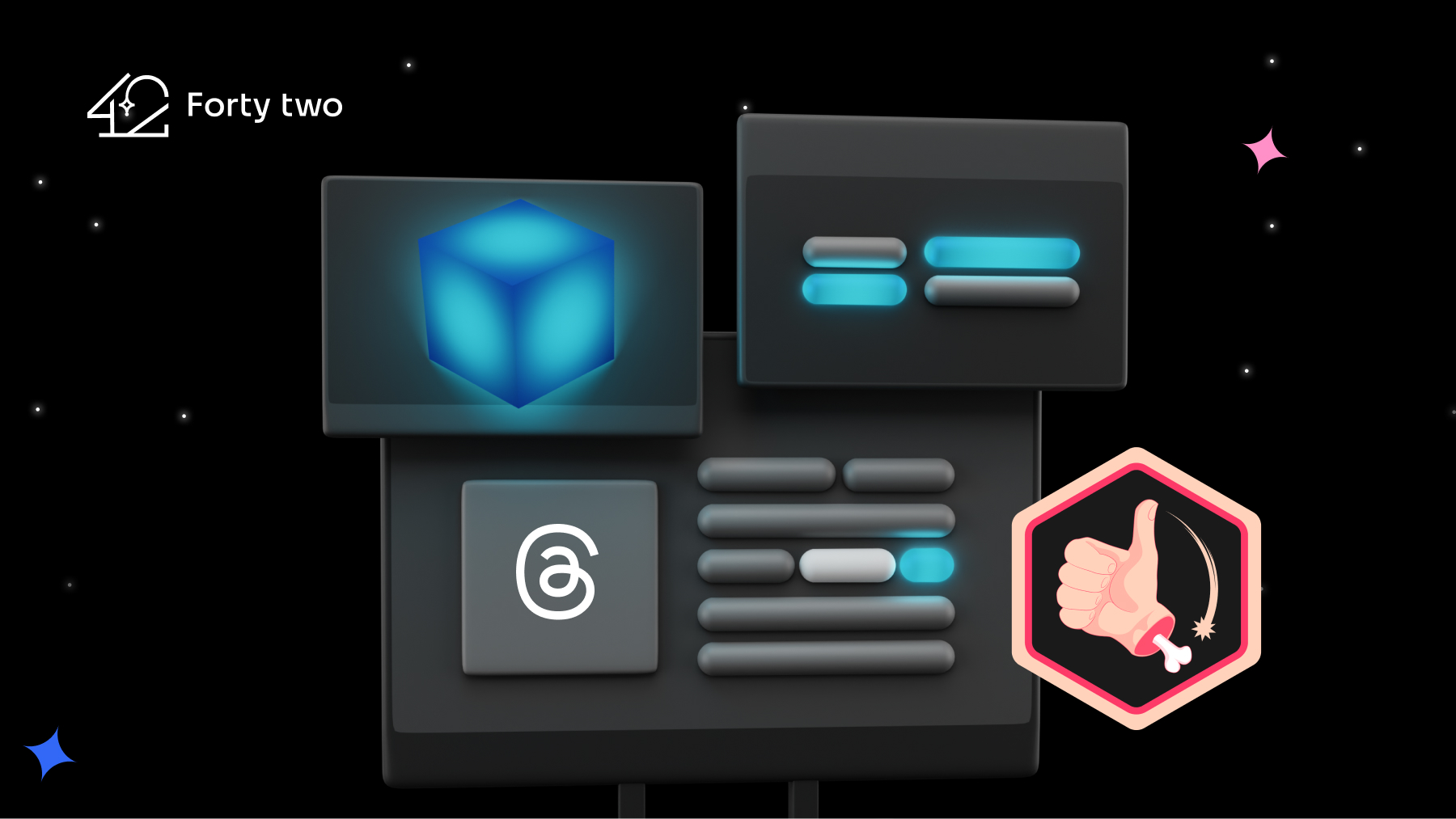Marketing
Micro Deceptive Dark Designs Are Essential to the Growth of Your Web3 Product. Here’s Why.
20 Jul 2023
Marketing
20 Jul 2023

And she said, ‘We are all just prisoners here
Of our own device’ – The Eagles
In today’s cutthroat market with the likes of Threads, projects need to use more Deceptive Dark Designs in order to attract and retain attention spans. In fact, DDDs may be the key to gaining loyal users and spreading the wings of Web3 far and wide.
Threads is an example of an extreme case of DDDs that has proven an incredibly effective, albeit unnatural growth mechanism. But, when you think about it, DDDs aren’t all cruel, and they’ve been depicted as mainstream “good marketing” in many instances.
Take gaming as an example. When you play a video game, you invest time, energy, and money into a world that has no real worth outside of the game’s reality. All of your investments are keeping you locked in the loop of unwillingness to quit. If you do quit, all of your hard-earned skills, levels, and game tokens disappear in a poof.
Web3 has emerged to introduce ownership that outlasts immediate user experiences within a single framework, effectively replacing the classic video game DDD model with a new DDD model based on buying into a new system of value. The question is, is this crypto-centric model enough to scale individual web3 products? Probably not.
The web3 ecosystem is the perfect starting point for DDD mechanics. The more insular, the better. The backbone of the Threads DDDs is the interwovenness of Threads accounts with existing Instagram accounts, allowing for effortless user onboarding, and offboarding at the expense of your Instagram account. The key here is to weave a thread that will make it simply not worth it for users to leave, so the more utility and cross-utility in the insular ecosystem the better.
But don’t go crazy just yet. In order to establish large-scale DDD frameworks, smaller-scale DDDs can be interwoven into the user interface itself – one’s that are hard to detect, friendly, yet insulating. These are micro-UI elements and precise content placements to incentivize certain user behaviors while deterring other actions.
One example of micro DDDs is found on Amazon. If you have ever tried to cancel your Prime account, you know that Amazon has set traps to keep you in, causing you to reassess new offers, click on negative-sounding buttons that don’t look like buttons, and persevere through about four of these challenging screens.
DDD UI content for a DeFi product could be as simple as the placement of certain offers on the app. It could be as minute as detail-oriented content streams and user flows, making certain elements pop out more than others.
In this day and age, UI cannot effectively be catered only to the user’s experience, but also to the developer’s needs. When expertly implemented, these small elements and light changes can make a drastic difference in user retention metrics.
Let’s make Hotel California real. In your app. Reach out https://42studio.io/contact/


